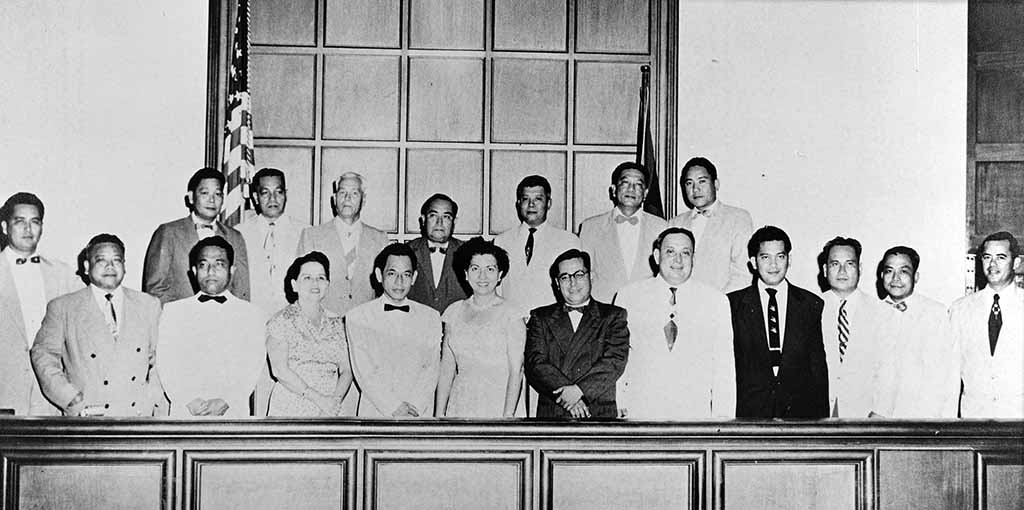Land Ownership in Guam
Ancient wisdom. Within the region known as Micronesia is a chain of islands called the Marianas, which are the furthest north and the nearest to Asia of all the Pacific Islands. The Marianas are the summits of a vast, submerged mountain range extending south from Japan. Guam is the largest and southernmost of these islands.
Land Ownership in Guam Read Post »

